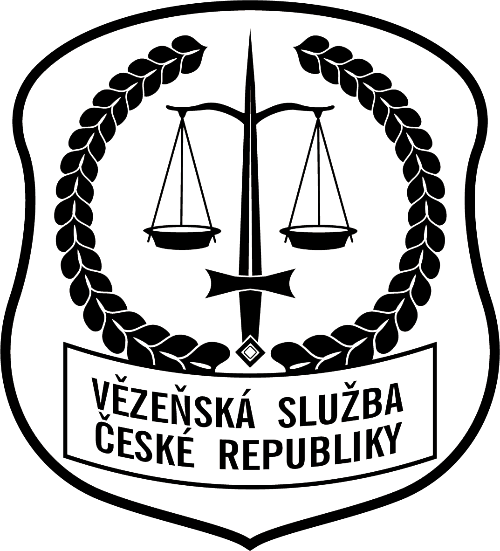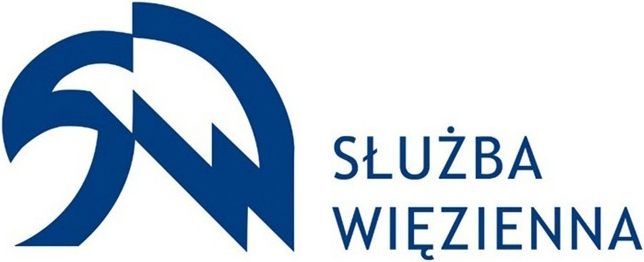History of the Prison
The prison in Hrnčiarovce nad Parnou is one of the more recently established prisons in Slovakia. It was opened on 3 November 1988, with the original project designed to provide suitable conditions for the imprisonment of sentenced women.
The political and social changes following November 1989 influenced the prison’s further development. Out of 960 sentenced women held in the prison, 814 were granted amnesty and released. A wave of unrest that destabilised the prison system and culminated in the burning of the fortress in Leopoldov resulted in the loss of accommodation capacity and contributed to a change in the profile of the prison in March 1991. Sentenced women were gradually replaced by sentenced men assigned to second correctional group. In August 1991, the prison was re-profiled again to house sentenced men assigned to first correctional group (at that time equivalent to a minimum security level), which remains its current profile.
From its establishment, the prison was located within the cadastral territory of the town of Trnava. Since March 1994, it has been part of the cadastral territory of the municipality of Hrnčiarovce nad Parnou. The current name “Prison Hrnčiarovce nad Parnou” has been in use since 2001.
The Present
The prison is located on the southwestern edge of the built-up area of Trnava, within the cadastral territory of the municipality of Hrnčiarovce nad Parnou. With 1,433 accommodation places for sentenced prisoners, it is the prison with the largest accommodation capacity in the Slovak Republic. From the perspective of external classification, the prison currently houses sentenced men assigned to the minimum security level.
To increase the effectiveness of sentence execution, prisoners are internally classified and placed in different units: 15 units of differentiation group “B”, one unit of group “C”, and seven specialised units. These specialised units include an admission unit, a specialised treatment unit (for prisoners with mental illness, adaptation difficulties, or court-ordered protective treatment), a pre-release unit, a closed unit, and a unit with a security regime.
Within the pre-release unit, the prison is involved in the national project “Chance for Return”, funded by the European Social Fund under the Human Resources Operational Programme. The project aims to reduce the risk of social exclusion and increase the employability of sentenced individuals after release.
Prison staff carry out various tasks, including correctional work focused on rehabilitation, education and employment of prisoners, cultural and leisure activities, provision of health care (including protective treatment), sports, and meaningful use of free time.
Education
Education is one of the priorities in the prison’s rehabilitation efforts. In cooperation with the Archbishop’s Grammar School of Bishop P. Jantausch in Trnava, the prison provides full secondary general education through day classes. In collaboration with the Secondary Vocational School of Trade and Services in Trnava, it also offers part-time vocational education in the fields of cooking and carpentry. Other forms of education include various programs such as “Law for Everyday Life” and “Financial Literacy”.
Employment
Employment of prisoners is one of the most important tools of rehabilitation. Regular work not only contributes economically, but also influences the personality of prisoners and strengthens their work habits. The prison has long maintained a high number of employed prisoners.
Employment is provided through the prison’s internal operations and secondary economic centres. Within internal operations, prisoners work as cooks, carpenters, cleaners, and other roles essential to prison functioning. The secondary economic centre produces paving stones and conducts plant cultivation on prison grounds. Prisoners also work on assignments for external clients, both inside and outside the prison, performing auxiliary tasks in agriculture, laundries, and waste sorting.
Cultural and Leisure Activities
Cultural and educational activities are focused mainly on educational, recreational, and sports programmes. The prison offers various interest groups such as a sports club and a gardening club. The editorial group publishes the magazine DIALÓG. The prison also has a library with more than 8,600 books, including Slovak and foreign literature. Prisoners may watch television, subscribe to newspapers and magazines, and attend cultural performances and other events aimed at raising their cultural awareness.
Health Care
Health care is provided both to prisoners and to prison staff in the prison’s on-site medical facility. Qualified medical staff offer services in four general outpatient clinics, a dental clinic, and a 30-bed inpatient ward for ill prisoners. Part of the medical facility includes a protective treatment section, where the prison carries out court-ordered protective treatments (for alcohol and drug addiction, and pathological gambling). The prison also operates a psychiatric clinic.
Religious Services
Catholic pastoral care for both prisoners and staff is provided by a prison chaplain. Catholic services and catechesis are regularly held in the prison chapel, which is dedicated to St. Maximilian Maria Kolbe. The chapel also hosts Bible study and religious discussion groups. Non-Catholic spiritual care is provided on a voluntary basis in cooperation with authorised representatives of the respective religious organisations.
Prison Personnel
The prison staff consists of members and employees of the Corps of Prison and Court Guard. Currently, more than 320 staff members are involved in fulfilling service and work-related duties at the prison.
International Cooperation
Recognising the importance of sharing experience and information in the field of corrections and with the aim of strengthening international cooperation, the prison collaborates with partner prison services in the Czech Republic and Poland – specifically with Věznice Stráž pod Ralskem in the Czech Republic and Zakład Karny w Zarębie in Poland. Mutual visits focus primarily on sharing professional knowledge and experience across all areas of prison operations.








